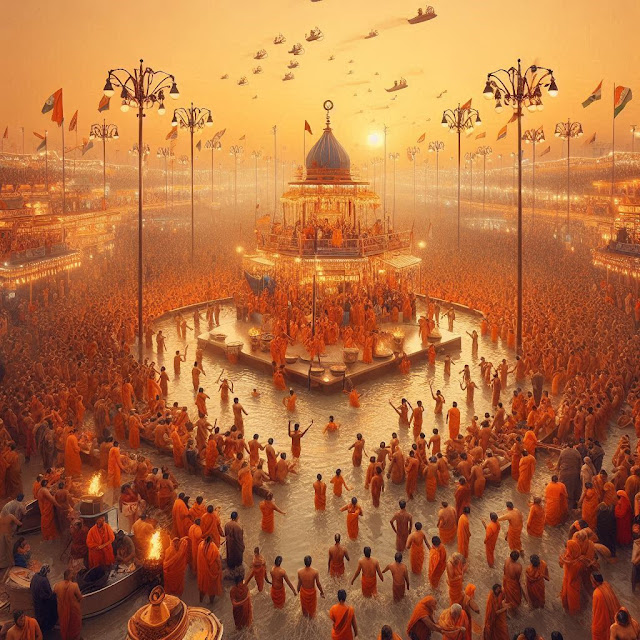The Evolution of Jazz Music
Jazz is an American-created form of music and has undergone a tremendous metamorphosis from the time of its creation in the late nineteenth century to the beginning of the twentieth century. This comprises not only a style of jazz but also a genre of music with intricate rhythmic structures, excessive use of improvisation, and fusion of other styles. Being originally born out of African American communities in New Orleans, jazz has evolved through numerous changes over the years and has become popular around the world.
Early Beginnings
Jazz originated in the multicultural port city of New Orleans, where African, Caribbean, European, and Latin American musical traditions converged. The early forms of jazz were influenced by blues, ragtime, and brass band music. Pioneers like Buddy Bolden and Jelly Roll Morton began to experiment with new musical forms, incorporating improvisation and syncopation, which became hallmarks of jazz.
The Jazz Age
The 1920s, known as the Jazz Age, saw jazz become a nationwide phenomenon in the United States. This period coincided with the cultural movement of the Harlem Renaissance, which celebrated African American culturalcontributions. Icons like Louis Armstrong, Duke Ellington, and Bessie Smith rose to prominence, bringing jazz to the forefront of American popular culture. Jazz music began to feature solo performances and complex arrangements, with the swing style becoming particularly popular.
Swing and the Big Band Era
The 1930s and 1940s marked the era of swing and big bands. Swing music, with its strong rhythm section and emphasis on dancing, became the dominant style of jazz. Big bands, led by figures like Benny Goodman, Count Basie, and Glenn Miller, toured extensively, and jazz became the soundtrack of the era. Despite the Great Depression and World War II, jazz provided a sense of joy and escapism for many Americans.
Bebop and Modern Jazz
In the 1940s, a new style known as bebop emerged, led by innovators like Charlie Parker, Dizzy Gillespie, and Thelonious Monk. Bebop was characterized by fast tempos, intricate melodies, and extended improvisation. This period marked a shift from jazz as dance music to a more artistically driven form. The complexity of bebop laid the groundwork for modern jazz styles that followed.
Cool Jazz and Hard Bop
The 1950s saw the emergence of cool jazz, with artists like Miles Davis and Dave Brubeck leading the way. Cool jazz featured a more relaxed tempo and smoother sound, contrasting with the intensity of bebop. Simultaneously, hard bop developed, blending elements of blues, gospel, and R&B with bebop’s complexity. Art Blakey and Horace Silver were prominent figures in this style.
Free Jazz and Fusion
The 1960s and 1970s were a time of experimentation in jazz. Free jazz, pioneered by Ornette Coleman and John Coltrane, broke away from traditional structures and embraced atonality and free improvisation. Meanwhile, fusion, led by artists like Miles Davis and Herbie Hancock, blended jazz with rock, funk, and electronic music, creating a new and popular subgenre.
Contemporary Jazz
In recent decades, jazz has continued to evolve, incorporating influences from world music, hip-hop, and electronic genres. Contemporary jazz artists like Kamasi Washington, Esperanza Spalding, and Robert Glasper are pushing the boundaries of the genre, ensuring that jazz remains a vibrant and dynamic art form.
Jazz music, with its roots in African American culture and its evolution through various musical movements, has significantly influenced the global music landscape. Its ability to adapt and innovate ensures that jazz remains a vital and continually evolving genre. From its early beginnings in New Orleans to its current global presence, jazz exemplifies the creativity and diversity of human expression.




Comments